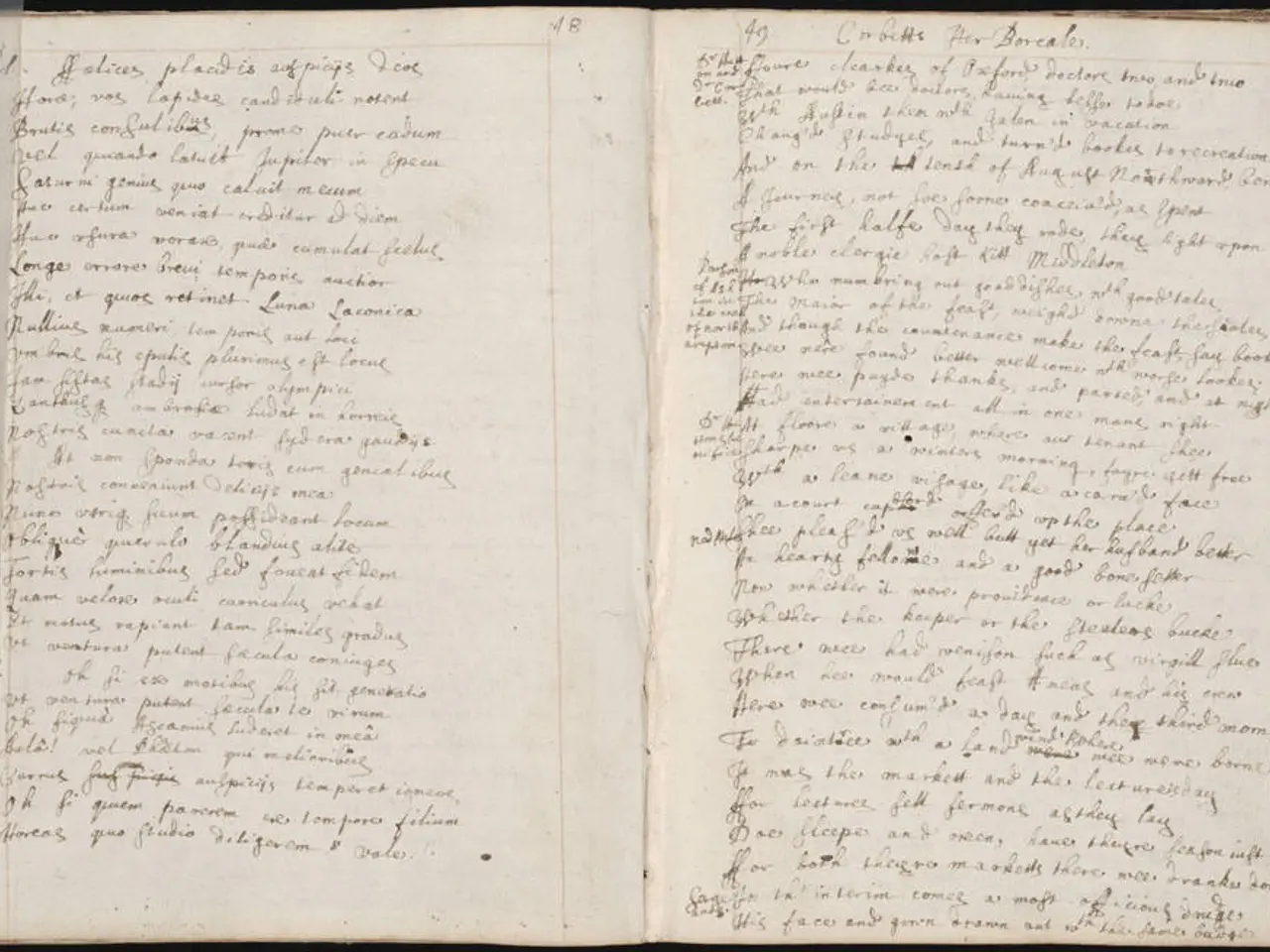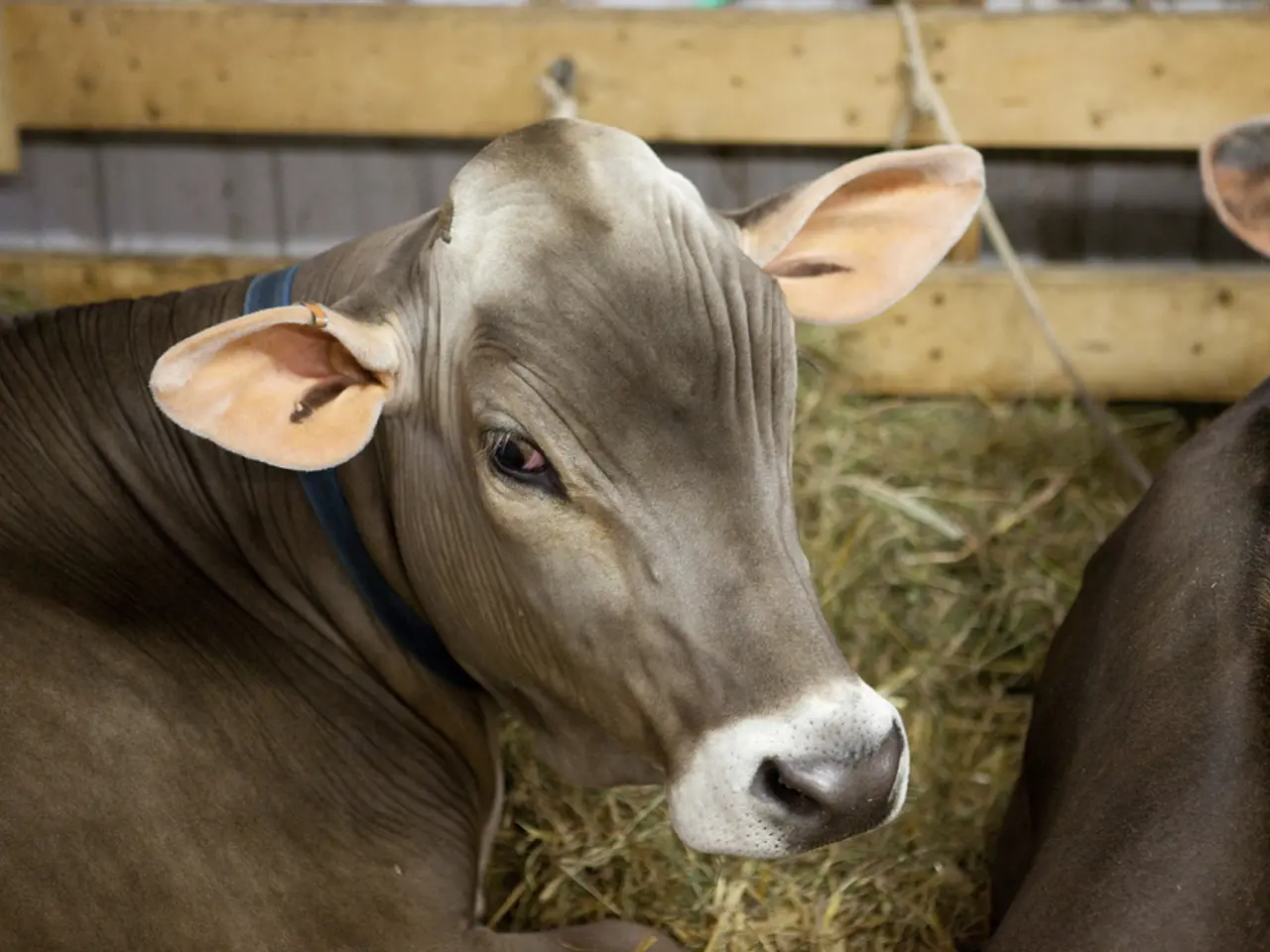Summary Points for Rich Dad Poor Dad
Robert Kiyosaki's best-selling book, "Rich Dad Poor Dad," presents two contrasting financial philosophies embodied by his "Poor Dad" (his biological father) and "Rich Dad" (his friend's father). This article aims to explore the key differences between these two philosophies, focusing on education, assets vs. liabilities, taxes, and mindset.
Education
The Poor Dad values traditional education—academic degrees and job security—as the path to financial success. He emphasizes the importance of working hard, saving, and being cautious with money. By contrast, the Rich Dad stresses financial education and literacy, encouraging self-education about money, investing, accounting, and markets to understand how to make money work for you rather than just working for money.
Assets vs. Liabilities
The Poor Dad sees owning a home and other material possessions as assets. However, the Rich Dad redefines assets as things that put money into your pocket (such as rental properties, stocks, or businesses) and liabilities as things that take money out (like mortgages, car loans, or maintenance costs). Rich Dad teaches that true wealth comes from acquiring income-generating assets and minimizing liabilities.
Taxes and Income
While not extensively detailed, Rich Dad's philosophy implies that building assets and businesses provides tax advantages and passive income, reducing reliance on salary income taxed at higher rates. Poor Dad accepts taxes as a fixed burden tied to employment, with limited strategic thinking about tax benefits.
Mindset
Poor Dad represents a mindset of scarcity, job security, financial caution, and living below means to save. Rich Dad, on the other hand, embodies an abundance mindset focused on opportunity, entrepreneurship, risk-taking, and breaking free from the "rat race"—the repetitive cycle of working to pay liabilities and never achieving financial independence.
In sum, the Poor Dad philosophy prioritizes traditional education, steady employment, and saving, while the Rich Dad philosophy promotes financial education, investing in true assets, leveraging money and debt wisely, minimizing liabilities and taxes strategically, and cultivating a mindset oriented toward wealth-building and financial freedom.
Throughout the book, Kiyosaki shares various strategies and lessons, such as the importance of financial literacy, the "Rat Race Trap," the distinction between one's profession and business, and the power of incorporating to minimize taxes and protect personal assets from lawsuits. He encourages readers to start building their asset column today, even with a small amount, and emphasizes that education is more important than income, assets equal freedom, and wealth's purpose is contribution.
In conclusion, "Rich Dad Poor Dad" serves as a valuable guide for those seeking to master their finances and achieve financial freedom. By adopting the Rich Dad philosophy, readers can learn to think differently about money, assets, and taxes, and start taking actionable steps towards building wealth and creating a life of financial independence.
[1] Kiyosaki, R. (2011). Rich Dad's Guide to Investing: Secrets to Success in Real Estate, Stock Market, and Business Investing. Plata Publishing.
[2] Kiyosaki, R. (2000). Rich Dad Poor Dad: What the Rich Teach Their Kids About Money That the Poor and Middle Class Do Not! Plata Publishing.
[3] Kiyosaki, R. (2003). Rich Dad's CASHFLOW Quadrant: Rich Dad's Guide to Financial Freedom. Plata Publishing.
- In the realm of education and self-development, the Rich Dad advocates for financial literacy and self-education about money, investing, accounting, and markets, whereas the Poor Dad emphasizes traditional education and job security as the key to financial success.
- In terms of personal-finance and investing, the Rich Dad philosophy focuses on acquiring income-generating assets such as rental properties, stocks, or businesses, while redefining liabilities as things that take money out, like mortgages or car loans, in contrast to the Poor Dad who sees owning a home and other material possessions as assets.




